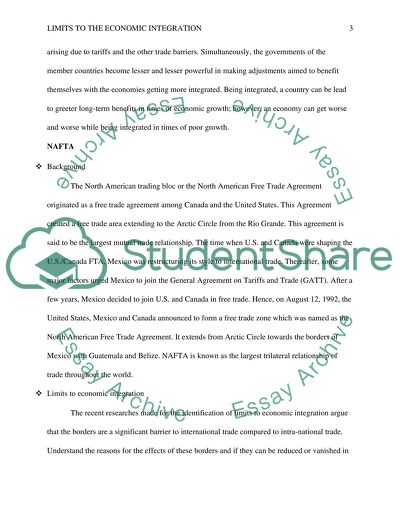Cite this document
(Limits to the Economic Integration Term Paper Example | Topics and Well Written Essays - 2000 words, n.d.)
Limits to the Economic Integration Term Paper Example | Topics and Well Written Essays - 2000 words. Retrieved from https://studentshare.org/macro-microeconomics/1651839-internationalisation-trade-and-markets
Limits to the Economic Integration Term Paper Example | Topics and Well Written Essays - 2000 words. Retrieved from https://studentshare.org/macro-microeconomics/1651839-internationalisation-trade-and-markets
(Limits to the Economic Integration Term Paper Example | Topics and Well Written Essays - 2000 Words)
Limits to the Economic Integration Term Paper Example | Topics and Well Written Essays - 2000 Words. https://studentshare.org/macro-microeconomics/1651839-internationalisation-trade-and-markets.
Limits to the Economic Integration Term Paper Example | Topics and Well Written Essays - 2000 Words. https://studentshare.org/macro-microeconomics/1651839-internationalisation-trade-and-markets.
“Limits to the Economic Integration Term Paper Example | Topics and Well Written Essays - 2000 Words”, n.d. https://studentshare.org/macro-microeconomics/1651839-internationalisation-trade-and-markets.


